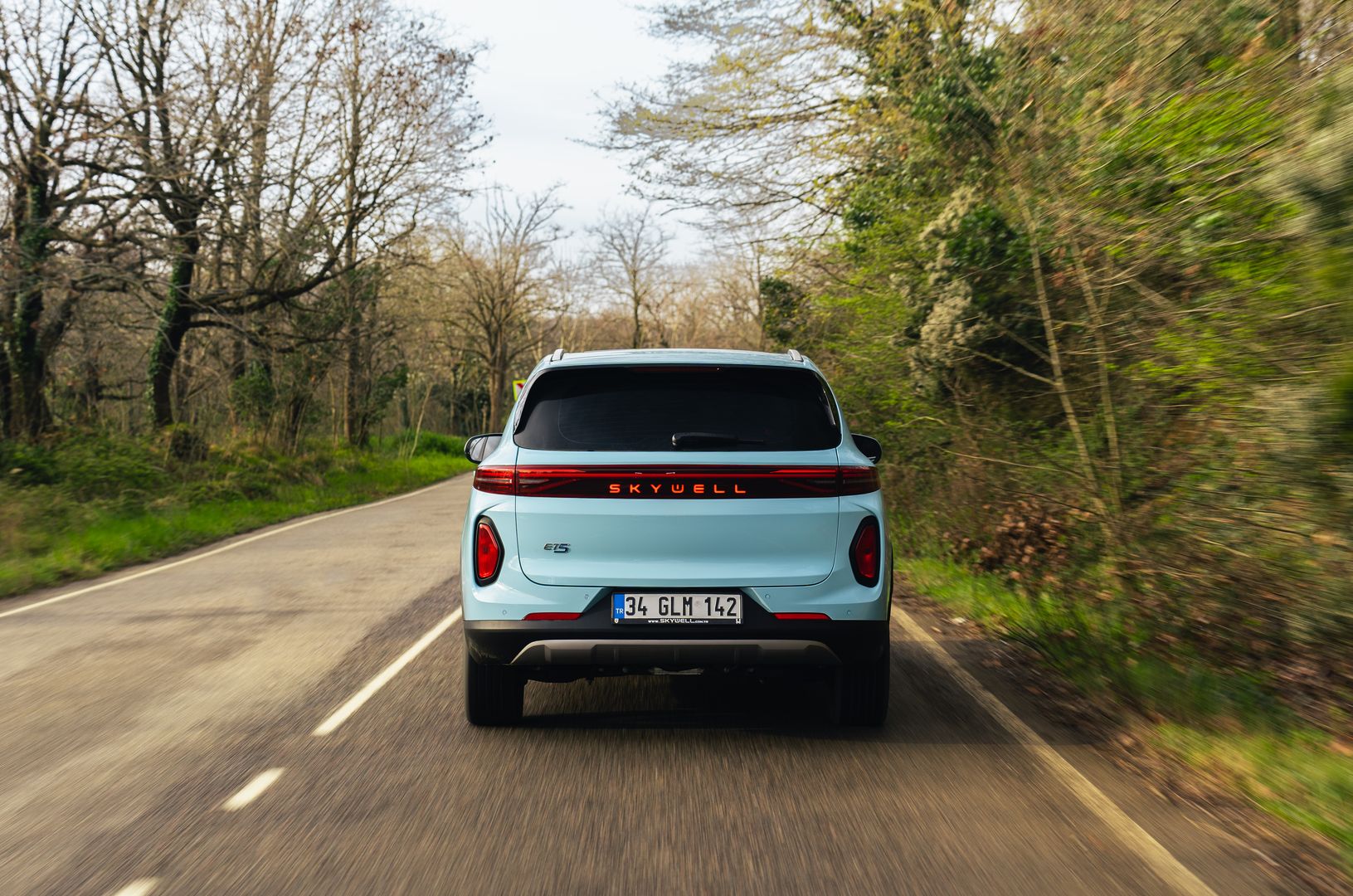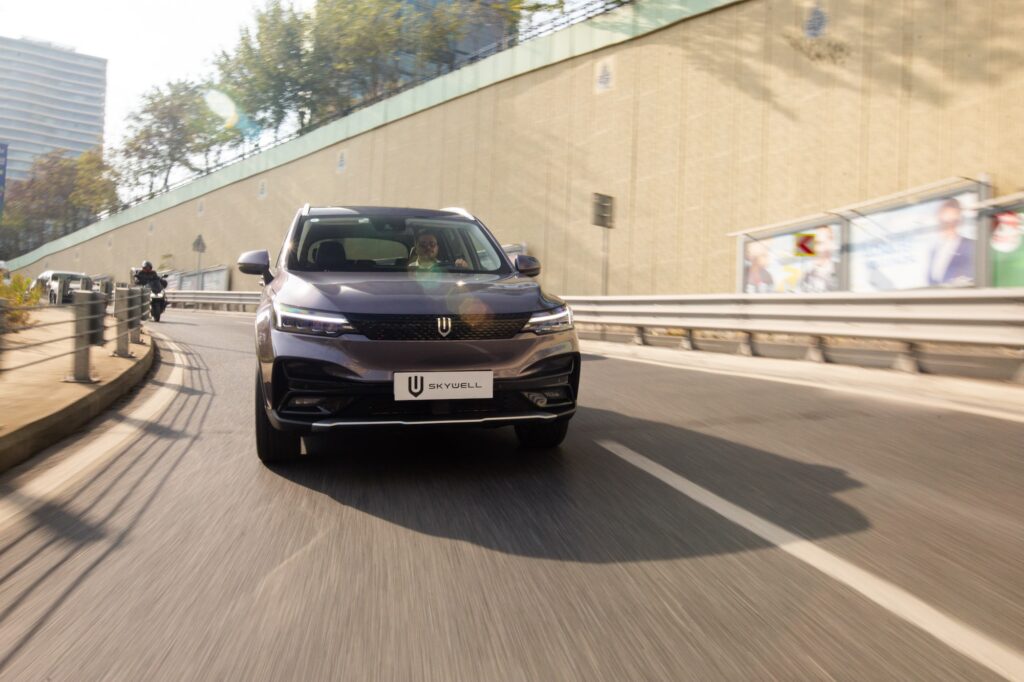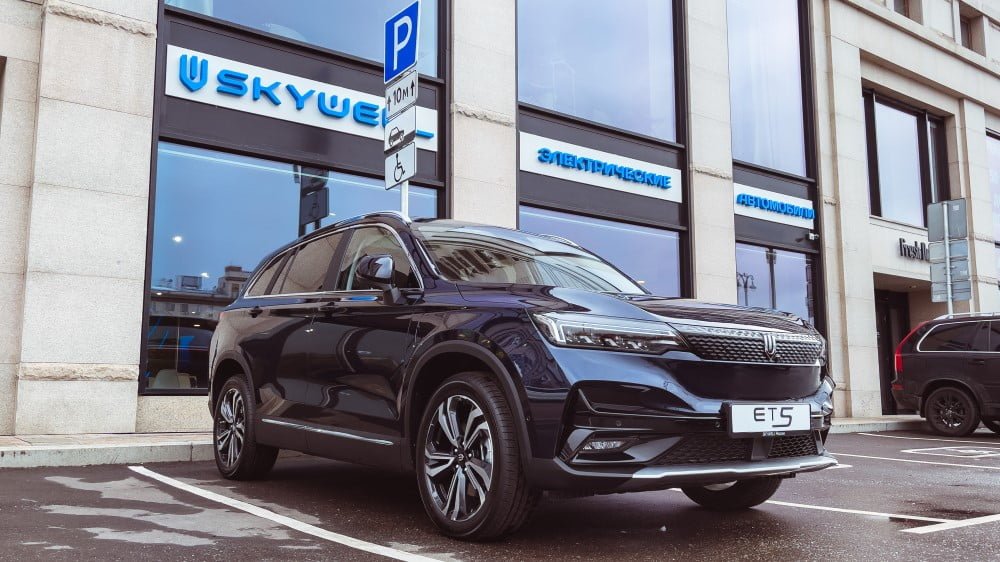Electric vehicles have entered our lives in recent years with their environmentally friendly and economic advantages. However, for many drivers, limited range anxiety is still seen as a significant issue. In this article, we will provide information about the tips for traveling with electric vehicles: range anxiety and practical solutions.
Range Anxiety in Electric Vehicles

One common problem electric vehicle owners face is how far their cars can travel on a single charge, which is known as range. This situation is particularly concerning for those planning long journeys. However, thanks to advancing battery technology and increasing charging stations, this anxiety is gradually decreasing.
The range of electric vehicles varies depending on several factors:
- Load in the Vehicle: The weight of passengers and luggage can affect the range.
- Driving Style: Fast and sudden accelerations increase battery consumption.
- Weather Conditions: Cold weather reduces battery performance.
- Road Conditions: Inclined roads consume more energy.
Strategies for Short and Long Distance Travel
Short Distances in the City
Short-distance trips are usually part of daily life. Most electric car owners find their vehicle’s range sufficient for daily commutes. However, you can consider the following tips for maximum efficiency:
- Drive at Low Speeds: Traveling at low speeds ensures the battery consumes less energy.
- Use Eco Mode: The eco mode available in most electric vehicles optimizes energy consumption.
- Avoid Unnecessary Loads: Not carrying unnecessary weight in the car increases the range.
Long Distance Travel
Long-distance travels require good planning. Here are some strategies for long trips:
- Route Planning: Determine the route and the locations of charging stations in advance. Applications and navigation systems can assist with this.
- Charging Station Selection: When planning your range, check the locations and service quality of charging stations.
- Create a Plan B: Always have an alternative charging station plan. The station you planned might be full or out of service.
- Plan Rest Breaks: Plan your rest breaks taking charging times into account. This way, you can rest while the vehicle charges.
- Overnight Stays: If you will be staying overnight during long trips, prefer hotels with charging stations.
Practical Solutions for Charging Electric Vehicles
Development of Charging Infrastructure
The widespread use of electric vehicles depends on the development of the charging infrastructure. As the number of fast-charging stations increases, range anxiety will also decrease. Here are some suggestions related to the development of charging infrastructure:
- Home Charging: Electric car owners should live in places with home charging facilities. Home charging is advantageous in terms of cost and convenience.
- Public Charging Stations: Increasing the number of fast-charging stations in urban areas and on highways makes long journeys more comfortable.
- Charging Station Applications: Use applications showing the locations and statuses of charging stations to plan your journey more efficiently.
Vehicle Maintenance and Updates
Regular maintenance and keeping up with software updates of electric vehicles can increase the range and optimize the vehicle’s performance:
- Battery Maintenance: Regular maintenance should be performed to extend the battery life.
- Software Updates: Software updates provided by the manufacturer can improve the vehicle’s range performance.
- Energy Efficient Tires: Using tires that provide longer range with less friction ensures energy savings.
Considerations for Traveling with Electric Vehicles

Driving Habits
Review your driving habits to cover longer distances with electric vehicles:
- Drive at a Constant Speed: If possible, driving at a constant speed optimizes energy consumption.
- Avoid Sudden Acceleration and Braking: Sudden acceleration and braking increase battery consumption. Make slow and safe starts.
- Road Conditions: Remember that the battery will deplete faster on inclined roads and plan your route accordingly.
Rest and Charging Times
Optimize rest and charging times during long trips to save time:
- Rest Stops: Prefer rest facilities with charging stations. This way, you can rest while the vehicle charges.
- Break Planning: Plan rest breaks and charging times in advance to optimize the journey duration.
Weather Conditions and Range
Weather conditions affect the range of electric vehicles. Battery performance can decrease, especially in cold weather. For this:
- Winter Tires: Using winter tires in cold weather increases road grip and safety.
- Battery Heating: Minimize performance loss in cold weather by using the battery heating features.
For more content like “Tips for Traveling with Electric Vehicles: Range Anxiety and Practical Solutions” you can check out our general category.
Future of Electric Vehicles
Electric vehicle technology is rapidly advancing, and it is expected that the range issues of these vehicles will be largely resolved in the near future. Future innovations include:
- Advanced Battery Technology: New battery technologies will offer longer range and shorter charging times.
- Increasing Charging Stations: The proliferation of fast-charging stations will make long journeys easier.
- Decreasing Costs: The reduction in production costs of electric cars will make these cars accessible to a wider audience.
Traveling with electric vehicles can be quite enjoyable and comfortable with proper planning and a few practical tips. Range anxiety can be significantly reduced with good route planning, appropriate charging station selection, and correct driving habits. Future technological developments will further reduce these concerns, leading to the widespread use of electric vehicles. As an electric car owner, you can enjoy long journeys by considering these tips.
You may be interested in;
Charging Infrastructure for Electric Vehicles: Home Charging, Fast Charging Stations, and More
Electric Vehicles and Innovative Technologies: How Will the Future of the Automotive Industry Shape?
Safety Features of Electric Vehicles: Advanced Technologies and Driver Assistance Systems

